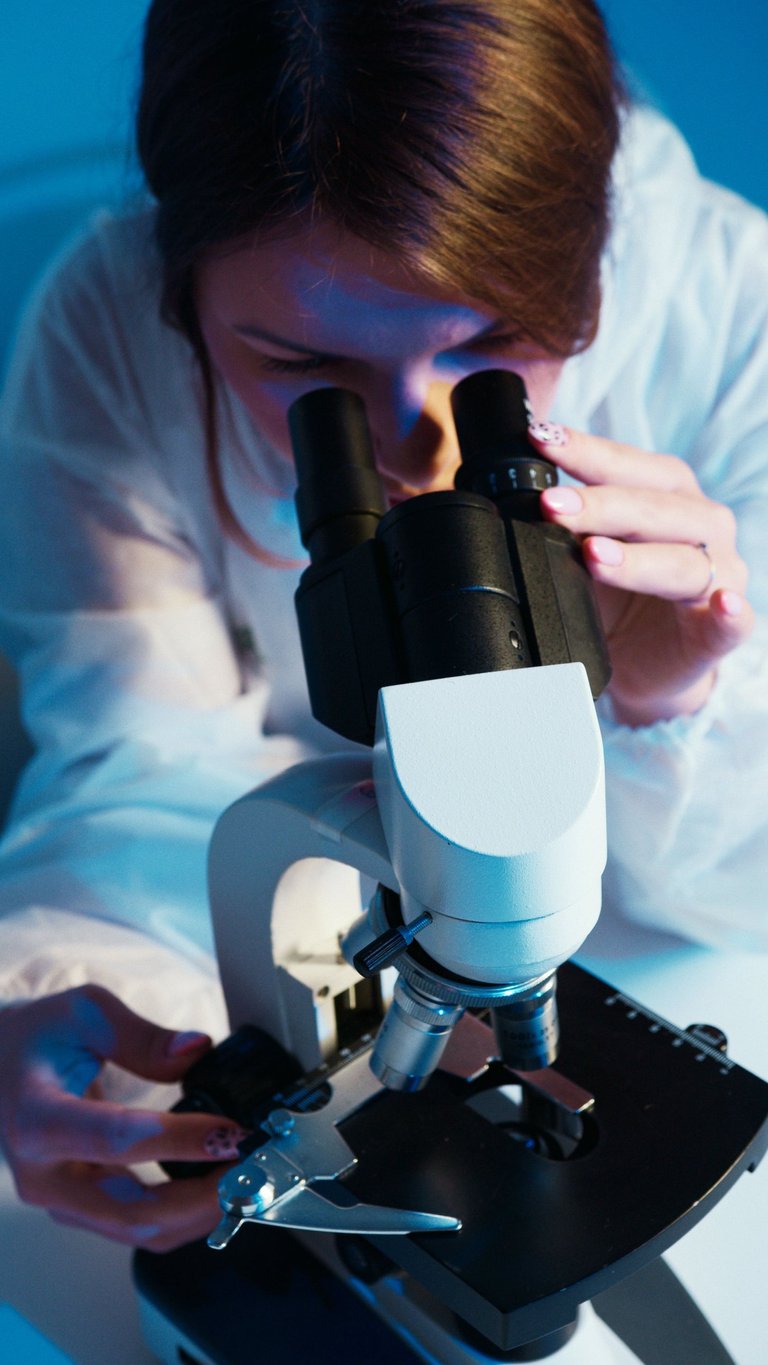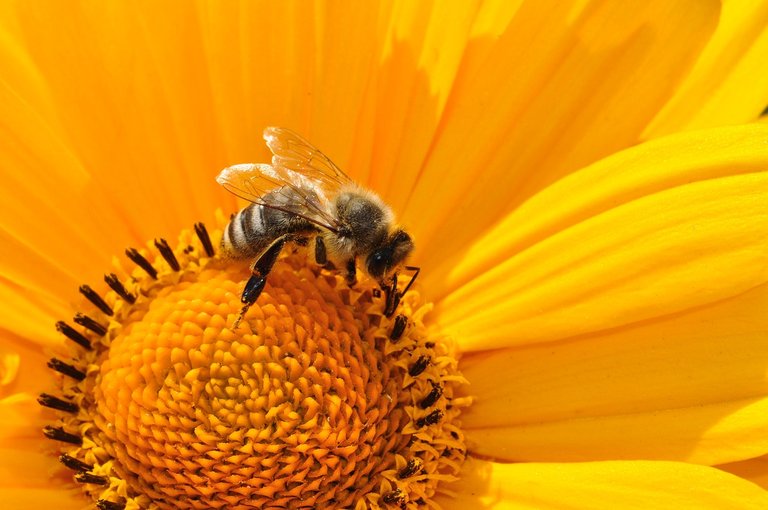An Intoduction To Photomicrography

In the National Geographic Magazine for December 2023, I saw some eerie-looking pictures. It was like staring at colorful, weirdly-shaped stained glass, with enough tiny dots and holes to give someone trypophobia.
I found out that these images were close-up pictures of plants, zoomed in so much that you could see the genetic make-up of them.
The photographer is named Robert Berdan. The book stated that he used photomicrography to take these in-depth microscopic pictures of the inside of a pine-cone and parenchyma cells.
Photomicrography is the art of photos taken of extremely small things using a camera and microscope. Microscopes usually have 1-3 looking scopes at the top to look at the specimen in question. Photographers take off the scopes and replace it with their camera eye to look through and take pictures of tiny things people otherwise wouldn’t be able to see.
Wilson Bently, an American man from the 1800's, took photomicrographs of snowflakes making their details super clear, revealing the true beauty of them. Up close photos uncover that snowflakes are very rigid and clear, like water. Bently's photographs are in museums and are examples of the amazing power of photomicrography.
Photomicrography isn't limited to images. People have taken microscopic videos too. Snails eating lettuce and drinking rain drops, cells fighting cancerous cells, the eyes of an insect, and ultra close footage of a ballpoint pen writing on paper are all videos of photomicrography that can be found online.
In one video, someone zoomed into a one dollar bill. The camera went deep into the eye of George Washington, and particles you would never normally see with the naked eye were revealed.
Photomicrography could help with studying insects, cells, and plants by allowing us to see their genetic make-up and revealing details previously unknown to humans.
Sometimes, there is so much going on under the microscope you get a blurry image with one clear, detailed spot, which is the part the camera chose to focus on. Photographers want one clear photo with everything detailed, so they take a bunch of pictures on the subject, each photo focusing on a different part of the image. Then, with online editing they merge these photos together to create one clear image. The process is called ‘focus stacking’.
Robert Berdan takes thin slices of what he’s studying, such as a tree branch, and then dyes it and places it under the microscope to get detailed photos of the makeup of the plant. Berdan became interested in photography because of what he saw under the microscope and loved the idea of sharing what he saw with the world.
At first I found photomicrography highly disgusting because I thought it was all about taking excessively-detailed pictures of cells, but I soon found out it is so much more than that. In the end, having a job involving microscopic photography sounds fun.
My latest novel, Shook, is being published to Hive in parts! See all released chapters in this post.
Hey there! I’m Shila! I’ve loved books since I could read, and decided I would write books I wanted to see written for others! Check my children’s book Imagination on Amazon!
Follow me on Twitter!
I also write on Tumblr!
